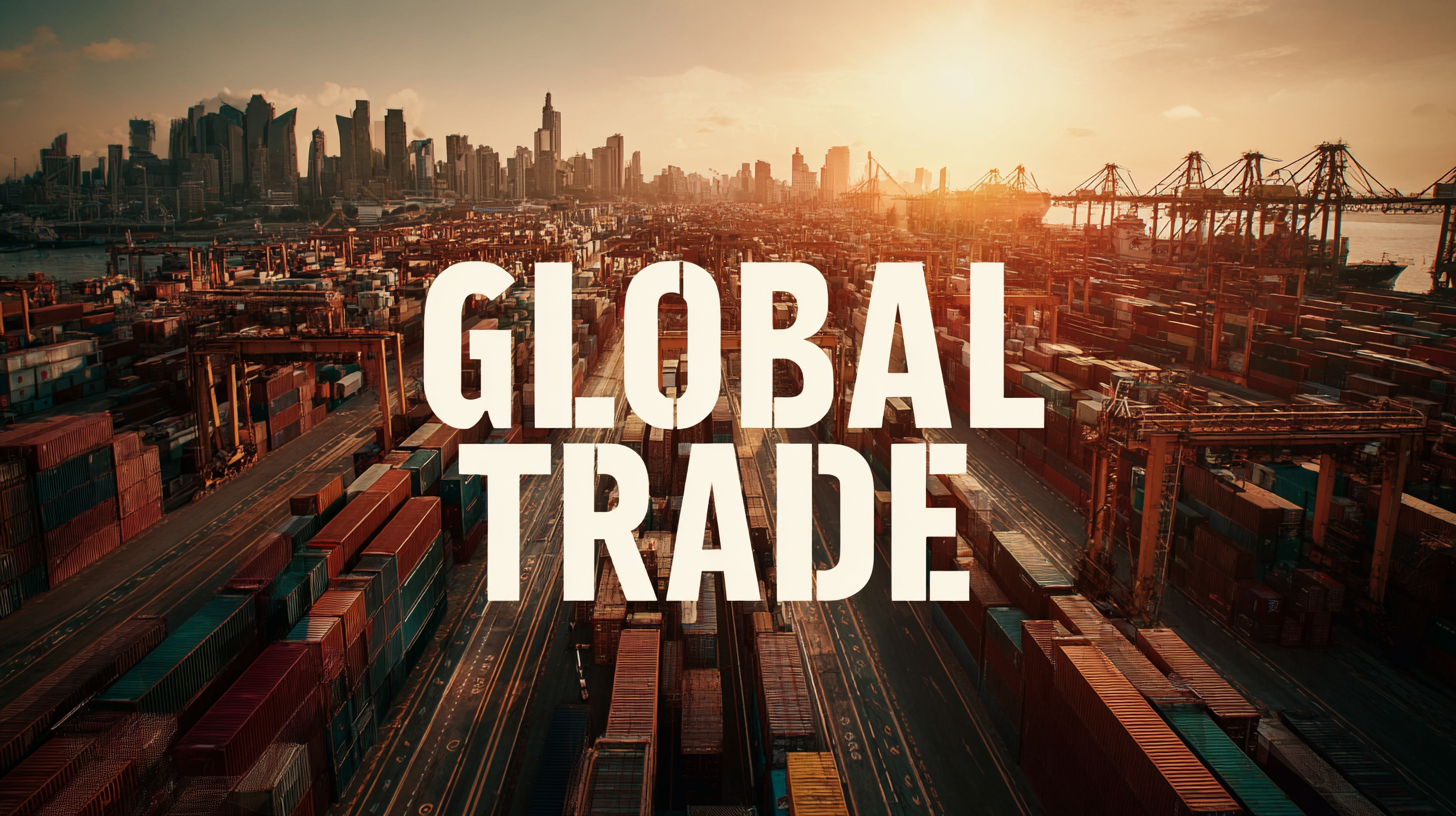



In today's interconnected world, the global trade landscape poses both opportunities and challenges for businesses, particularly when it comes to compliance with import/export certifications. The prominence of office signage as a crucial element of branding and communication can be greatly influenced by these regulations. According to a report by Grand View Research, the global market for digital signage is expected to reach $32.84 billion by 2025, highlighting the importance of effective and compliant office signage in the competitive landscape. With stringent regulations governing the shipping and installation of signage materials across borders, companies must prioritize adherence to compliance standards to avoid costly delays and penalties. By understanding the implications of these certifications, businesses can navigate the complexities of global trade while ensuring their office signage not only enhances their brand visibility but also adheres to all regulatory requirements.

In today’s interconnected world, understanding the importance of import/export certifications is crucial for any business looking to thrive in global trade. These certifications serve as a guarantee that products meet specific quality and safety standards, which not only protects consumers but also helps businesses avoid costly legal issues. In the context of office signage, having the right certifications can be a deciding factor in establishing credibility and ensuring compliance with local regulations.
Moreover, navigating the complexities of international markets requires a thorough understanding of import/export protocols. Each country has its own set of rules that govern how products can be transported and sold. By obtaining the necessary certifications, companies can simplify the process of entering new markets. This not only streamlines logistics but also enhances brand reputation, as customers are increasingly inclined to choose businesses that prioritize compliance and adhere to international standards. Therefore, investing time and resources into understanding and obtaining the appropriate certifications is essential for successful global trade.
| Certification Type | Purpose | Required Documents | Validity Period | Cost |
|---|---|---|---|---|
| Certificate of Origin | Confirms the country where the goods are produced | Commercial Invoice, Affidavit | Varies by country (up to 1 year) | $50 - $200 |
| Export License | Required for the export of specific goods | Application Form, Product Details | Determined by the issuing authority | $100 - $500 |
| Import License | Approval for importing certain goods | Import Contract, Product Lab Reports | As specified in the direction | $100 - $300 |
| CE Marking | Indicates compliance with EU safety standards | Technical Documentation, Test Reports | N/A | $300 - $1,000 |
When navigating the complexities of global trade, ensuring compliance with import/export certifications is crucial for businesses dealing with office signage products. According to a recent report by the World Trade Organization, nearly 80% of companies face challenges related to import regulations and certifications, which can lead to delays and increased costs. Understanding key compliance regulations not only facilitates smoother transactions but also safeguards your brand reputation in the international market.
One critical aspect to consider is the adherence to local and international safety and labeling standards. The ISO 7010, for instance, outlines the requirements for safety signs to minimize risks in workplaces. Failure to meet these standards can result in hefty fines and product recalls.
Tips: Always conduct thorough research on the regulatory requirements specific to your target market. Consult with a compliance expert to navigate the complexities of documentation and certification, ensuring your products meet all necessary guidelines before shipping. Engaging in due diligence can save time, resources, and potential legal complications.

When considering the import and export of office signage, understanding the technical specifications for signage certifications is crucial for compliance and quality assurance. Various countries have specific requirements that dictate the materials, safety standards, and durability of signage. For instance, certain materials may be mandated to withstand specific weather conditions or comply with fire safety regulations. Familiarizing yourself with these technical specifications not only helps ensure compliance but also enhances the lifespan and visibility of your signage.
Additionally, manufacturers should consider the implications of digital signage certifications. As technology evolves, so too do the standards for digital displays, especially regarding energy efficiency and visual clarity. Being compliant with these technical requirements can prevent costly delays and penalties during the import/export process. Moreover, understanding the nuances of these certifications can provide a competitive advantage in the global market, allowing businesses to confidently navigate the complexities of international trade while ensuring that their office signage meets both aesthetic and regulatory standards.
In the ever-evolving landscape of global trade, ensuring compliance with international standards for office signage is paramount. Organizations must navigate a complex web of import/export certifications to guarantee that their signage not only meets aesthetic requirements but also adheres to regulatory frameworks. This includes understanding the nuances of safety and health regulations that align with legislation like OSHA, ensuring employee well-being through effective signage that communicates safety information clearly.
Beyond safety, businesses must also pay attention to cybersecurity considerations, especially as they implement both on-premises and cloud-based systems for managing their operations. Installing signage that informs employees about potential cybersecurity threats is increasingly vital, considering the global nature of cyber risks. By embracing best practices that encompass both compliance and cybersecurity awareness, organizations can enhance their operational integrity and protect their workforce, ultimately fostering a safer and more compliant working environment.
Navigating the intricate landscape of global trade, especially in the signage industry, necessitates a robust understanding of import/export certifications. Industry data indicates that nearly 70% of businesses face challenges in achieving compliance, primarily due to a lack of awareness about specific regulatory requirements. In response to these compliance needs, many companies are turning to certification programs that streamline the import/export process of office signage, thereby enhancing efficiency and minimizing risk.
According to a recent report from the International Trade Administration, the global signage market is projected to reach $50 billion by 2025, underscoring the importance of compliance to maximize growth opportunities. As businesses expand their reach into international markets, keeping abreast of evolving regulations is crucial. Utilizing industry data helps sign manufacturers and distributors make informed decisions about certification requirements, ensuring that their products meet local and international standards. By leveraging these insights, companies can successfully navigate trade compliance and maintain their competitive edge in the rapidly evolving signage market.

